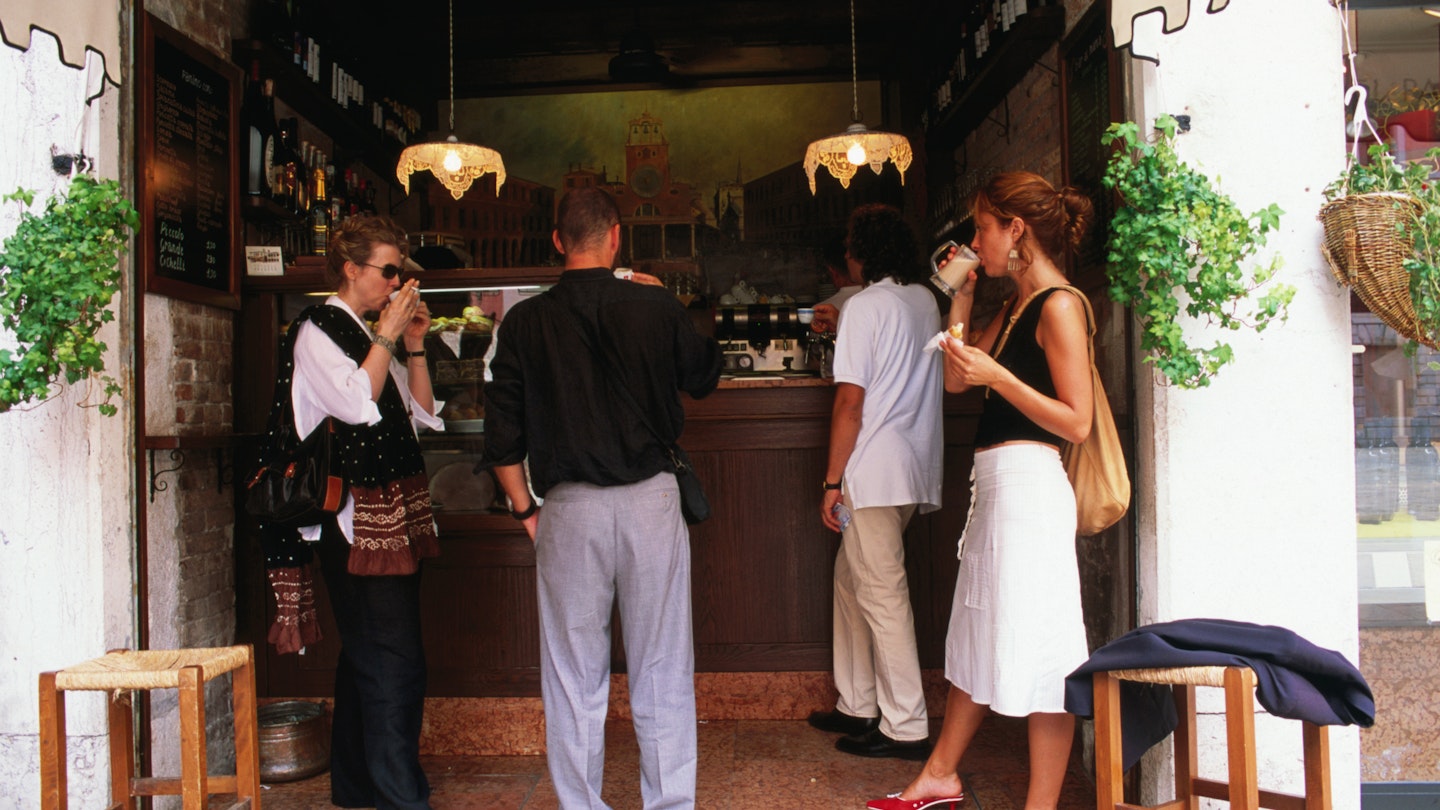The Essence of Italian Coffee Culture
If coffee has a spiritual home, Italy is it.
The Italians pretty much invented the way the rest of the world enjoys coffee, from the terminology (cappuccino, latte, macchiato) to the innovative steam-driven espresso machine (first designed by Angelo Moriondo in Turin in 1884), to the esteemed brands (Illy and Lavazza).
Foreign attempts to alter coffee with milkshakes and frappuccinos are often viewed as sacrilege in Italy, where cafes uphold traditional methods. Consequently, many international chains have yet to establish a presence here, while independently run cafes staffed by highly skilled baristas dominate the scene.
Some establishments even trace their origins back to the early 18th century. The Caffè Fiorio in Turin once served cuppas to notable figures such as Nietzsche and the Count of Cavour. Similarly, Cosenza’s elegant Gran Caffè Renzelli has maintained family ownership since 1803.
Ordering Coffee in Italy: The Essentials
Consider your first Italian coffee order as an initiation. Rule number one: avoid asking for an elaborate double-shot skinny vanilla latte topped with whipped cream. Most Italian coffee orders can be summed up in a single word. A caffè is a robust shot of espresso (the term ‘espresso’ is seldom used in Italian parlance). A macchiato comprises an espresso with a hint of steamed milk. An americano is simply an espresso diluted with hot water, resulting in a longer drink. The revered cappuccino, an espresso crowned with warm frothy milk and an optional dusting of chocolate, reigns supreme among white coffee options.
It’s important to note that size distinctions do not exist in Italian coffee culture. Requests for grande or venti sizes may elicit confusion. The standard cappuccino is served in a 180ml porcelain cup and should be warm, not scalding. Low-fat milk is a rarity; however, you may have better luck requesting decaffeinated options. When ordering lattes, keep in mind that latte translates to milk in Italian; if you order one, prepare for a glass of warm milk with a mere splash of coffee.
When to Enjoy Your Cappuccino
Interestingly, the concept of ‘take-away’ is largely absent from Italian coffee culture. Except in train stations, cafes rarely offer disposable cups. Regardless of your pace, you’ll typically be expected to stand at the bar alongside locals or, for a modest extra charge, sit at a small table. Italians do not linger in cafes for long; a coffee break is known as una pausa (a pause), and it’s exactly that. Savor a flaky pastry, down your steaming espresso (three sips are advisable), discuss current events with the barista, and move on.
Traditionally, cappuccini are enjoyed in the morning. Some suggest that ordering a cappuccino post-10am is a significant breach of etiquette. However, while your Italian friends may not indulge in milk-laden coffee after dinner, late-night cappuccino consumption, although frowned upon, remains legal. Just be sure to offer an apology first.
The True Flavor of Italian Coffee
One of the most delightful aspects of Italian coffee is the consistently high quality, whether enjoyed in a secluded mountain village or a bustling Rome piazza. Just as Italians appreciate their pasta al dente, they favor coffee with a robust, bittersweet flavor topped with a rich brown foam or crema.
Smooth, fruity notes and elaborate latte art are generally unappealing to most Italians. The lack of foreign chains is mirrored by the absence of any trendy third-wave coffee establishments. Most people prefer not to wait in long lines for a customized ‘pour-over’ while sitting in a stylish cafe. The speed and efficiency of Italian baristas during busy mornings is truly impressive.
Regional Coffee Specialties in Italy
While simplicity often reigns supreme in Italian cuisine, coffee culture invites a few regional variations. A caffè corretto consists of an espresso ‘corrected’ with a splash of liquor, typically grappa, enjoyed later in the day. A doppio is a double espresso, perfectly acceptable for those experiencing a hangover or fatigue. A ristretto is a concentrated espresso with less water. The cappuccino scuro is a cappuccino with reduced milk.
The bicerin is a notable specialty from the Piedmont region, especially Turin, featuring layered espresso, hot chocolate, and milk served in a glass. Similarly, the marocchino, another creation from Piedmont, combines espresso, cocoa powder, and milk froth. For families with children, order a cioccolata calda (hot chocolate), which, embracing the spirit of la dolce vita, is dark, thick, and delightful.
Italian Coffee Etiquette
- In bars, coffee is often accompanied by a small glass of water, which should be consumed first to cleanse the palate.
- In some busy establishments (notably train stations), coffee must be paid for upfront, with the receipt presented to the barista.
- Italians typically consume coffee in small quantities, with seven to eight espressos daily not being uncommon.
- Expect coffee prices to be pleasantly low; if your bill exceeds €2, you may be overcharged.
- Debates about which city serves the best coffee could ignite regional pride; however, Turin (home of Lavazza) and Trieste (home of Illy) are often highlighted for their historic cafes.
This article was first published June 19, 2016, and has been updated for accuracy.




